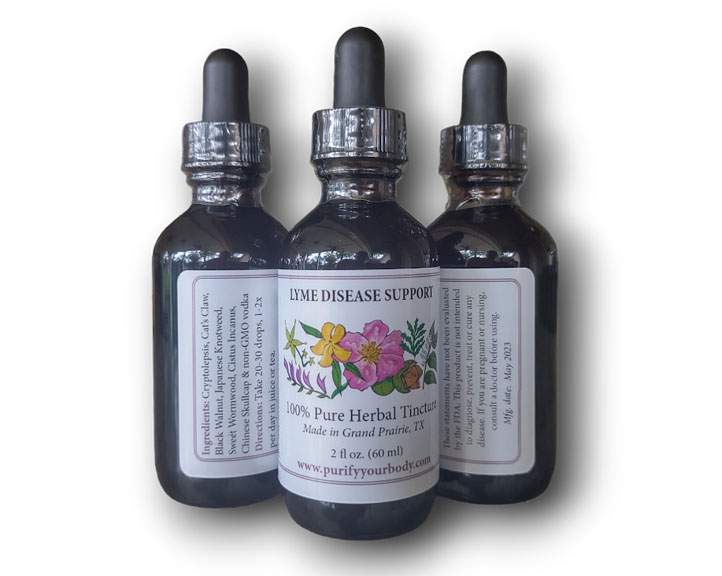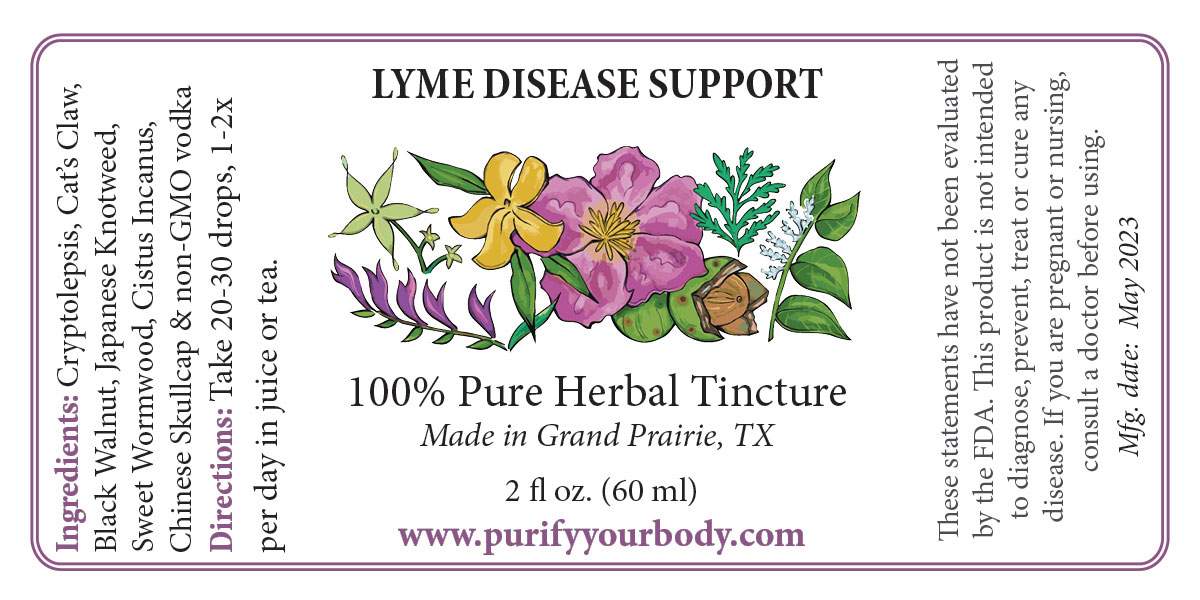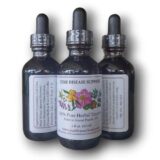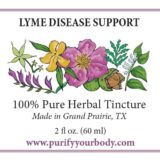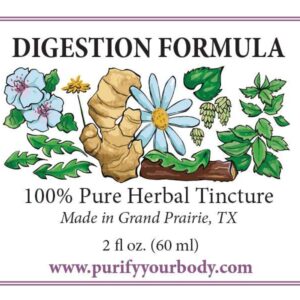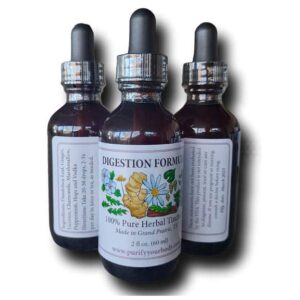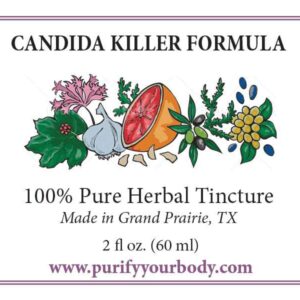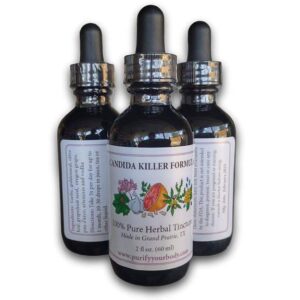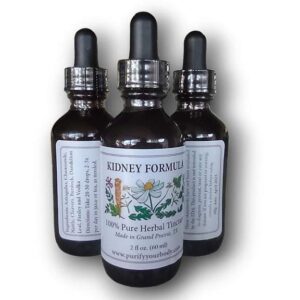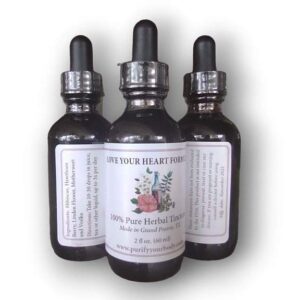Currently Empty: $0.00
This is an amazing formula for Lyme disease! 2 oz for only $15
3 in stock
| Standard Delivery (Signed for) | Delivered within 3-5 working days |
| Express Delivery (Standard Parcels) | Delivered within 1-2 working days |
| Extra-Large Parcels (Signed for) | Delivered within 3-5 working days |
| Furniture | Delivery usually takes place within 2 weeks. |
Free Shipping
Decor Outdoor offers free regular shipping on all orders shipped to residential or commercial addresses within the contiguous United States. Orders are delivered Monday through Friday (excluding holidays).Drop Shipping
We are an online-only luxury furniture and lighting boutique, and do not have a warehouse. Consequently, all orders are drop shipped directly from our manufacturers to your door. If your order includes items from more than one manufacturer, you will receive multiple deliveries. Because we are dependent on the on-hand inventory of our manufacturing partners, some items listed on our site may not actually be available right away. Please call us at 888.784.4644 or via our contact form with any stocking questions and we'll get in touch with the appropriate manufacturer for answers, before you place your order.Ground Shipping
Small parcel items ship regular ground via delivery services such as FedEx, UPS or DHL. Orders typically take 2-3 business days to process and in-stock items will usually be delivered 3-5 days from the date that they ship (depending on origin and destination). If there is a delay, you will be notified by email. No signature is required for standard ground shipping, so you may want to make arrangements to have packages brought inside soon after delivery, if you are unable to receive it in person.Description
Lyme Disease Herbal Formula
This Lyme Disease formula is made from high quality herbs and ingredients. I created it because I read an article about some herbs that were specific for the Borellia burgdorferi Lyme Disease bacteria. (here is the article if you want to read it). The main gist was that these seven herbs are highly active in test tubes against B. burgdorferi compared to commonly-used antibiotics like doxycycline and cefuroxime. A co-author of the study, Dr. Schweig, said “Since traditional antibiotic approaches fail to resolve symptoms in up to 25% of patients treated for Lyme disease and many suffer disabling effects of the disease, there is a need for novel treatment proven effective against B. burgdorferi.”
The herbs included in this Lyme Disease formula are:
Cryptolepis Sanguinolenta: Cryptolepis is one of the top five systemic herbal antibiotics in the world. It is used in the treatment of various diseases such as malaria, bacterial respiratory diseases, hypertension, and diarrhea.
Artemisia (Sweet Wormwood): Research has shown artemisia to have benefits in cases of malaria, worms, cancer and autoimmune inflammatory diseases. The main compound, artemisinin, may also have anti-inflammatory benefits, which could be useful for treating inflammatory and autoimmune conditions. For example, it might help treat the symptoms of multiple sclerosis.
Chinese Skullcap: Chinese (Baical) skullcap is anondyne, anti-allergic, antibacterial, anticoagulant, anti-inflammatory, anti-microbial, antioxidant, antispasmodic, diuretic, expectorant, hypocholesterolaemic, nervine, sedative and vasodilatory. Baical skullcap is considered to be one of the 50 fundamental herbs in Traditional Chinese Medicine and is used primarily in treating “hot and damp” conditions such as dysentery and diarrhea. It has been used medicinally for over 2,000 years and recent research has found that the roots contain flavonoids that greatly enhance liver function and also have anti-inflammatory and anti allergenic effects.
Black Walnut: The antiseptic properties (antifungal, antimicrobial) and antineoplastic action give it indication in the treatment of chronic skin conditions associated with a disorder of digestion and assimilation. Used internally for the treatment of worms/parasites, yeast infections and cancer.
Cat’s Claw: Primary traditional uses in Peru are as an anti-inflammatory, contraceptive and anti-cancer remedy. An immune stimulant especially used in viral infections, including HIV. Useful in a variety of inflammatory diseases including gastric ulcers, diarrhea and GI tumors, gonorrhea, arthritis and rheumatism, acne, diabetes, diseases of the urinary tract and cancer.
Japanese Knotweed: Japanese Knotweed contains high levels of the popular antioxidant, Resveratrol. This plant also can regulate bowel motility and can be used as a natural laxative. Supports healthy blood vessel function and promotes heart health.
Cistus Incanus: This herb has amazing antibacterial and antifungal benefits. One example where this can be beneficial is with candida overgrowth. Systemic candida can wreak havoc on the digestive tract and other fungal infections are toxic to the immune system and respiratory system. That cistus can address these types of issues is great news for those who are struggling with fungal illnesses, including toxic mold exposure. These anti-fungal properties could make cistus an important part of healing protocols for people with mold-induced illness.
Cistus also has strong antiviral properties. It prevents viral infection by targeting viral envelope proteins (proteins embedded in the capsule of a virus, which is the shell-like payer that encapsulates the viral DNA or RNA… this is the genetic material that a virus uses to replicate once it is in a host cell).
One of the most wonderful qualities of Cistus is it’s all-star ability to break down biofilm, especially in the mouth. Biofilm, a slimy layer of bacteria that can form on bodily surfaces, may be a major contributor to the development and persistence of chronic disease because it allows bacteria to evade antibiotics. Cistus is a powerful bio-film breaker that can help destroy biofilm and restore a healthy microbial balance in the human body.
Herbal tinctures as medicine
Why are tinctures a preferred method of taking herbs? Because tinctures are potent! You don’t waste your money on pills that have been in the manufacturing process for months / years and lose potency! With an alcohol base, the tinctures pull out all the medicinal benefits of the plant, and preserve them naturally for you! They don’t lose potency over time.
With that being said, they are in a non-gmo vodka base. Which is fine for most people. But some people prefer to avoid alcohol in all forms. (even by avoiding real vanilla extract) and we support that choice. These tinctures aren’t for those people. Because of the potential for bacteria to reside in glycerine tinctures, we have decided to only offer vodka based tinctures. These herbs are edible and considered safe for most people. Some people may be allergic to certain herbs and should not use them. It is always best to consult your doctor before using any herbal product if you are taking prescription medications or have a health condition.
INGREDIENTS: Cryptolepis Sanguinolenta, Artemisia, Chinese Skullcap, Cistus Incanus, Cat’s Claw, Black Walnut, Japanese Knotweed and Vodka
DIRECTIONS: Take 20-30 drops at least 1x per day and up to 3x per day. You can take in juice, tea or other liquid. You can take it directly in your mouth if you can get over the taste! Please note that with a spirochete bacteria such as Lyme and it’s co-infections, you may experience die off or a detox reaction. If this occurs, please reduce the number of drops and SLOWLY work your way back up to the full dose.
These statements have not been evaluated by the FDA. This product is not intended to diagnose, prevent, treat or cure any disease. If you are pregnant or nursing, or have any health conditions, please consult a doctor before use.
Additional information
| Weight | 5 oz |
|---|

